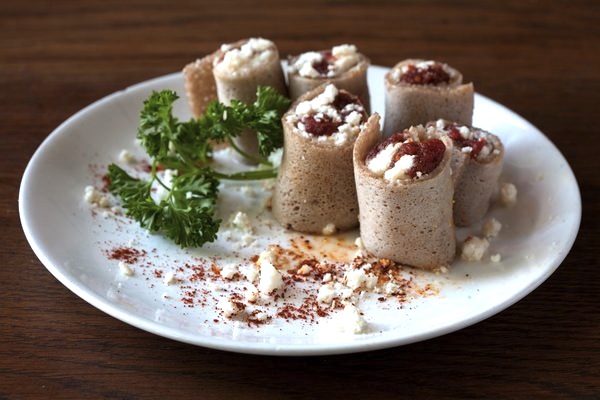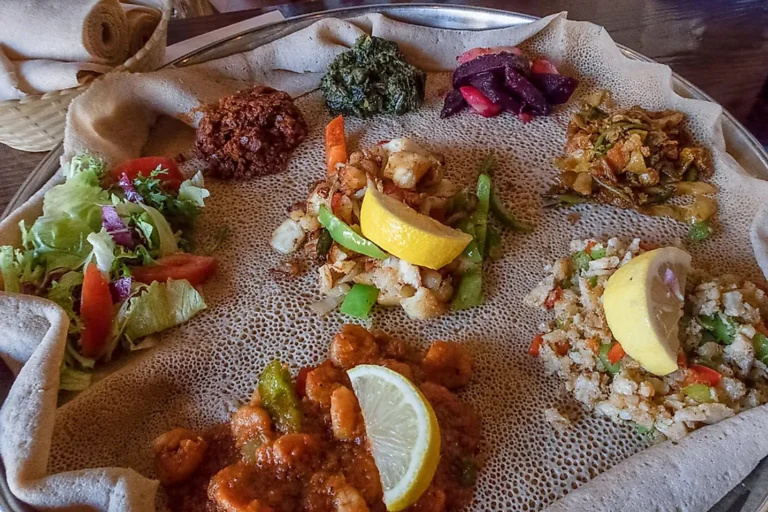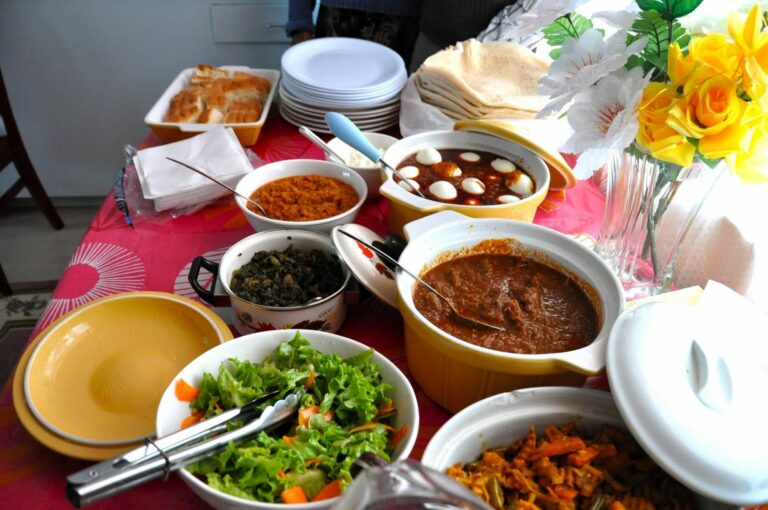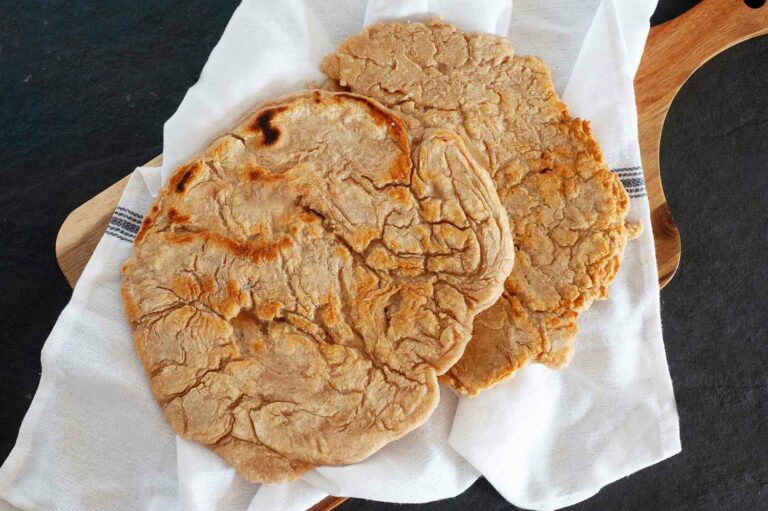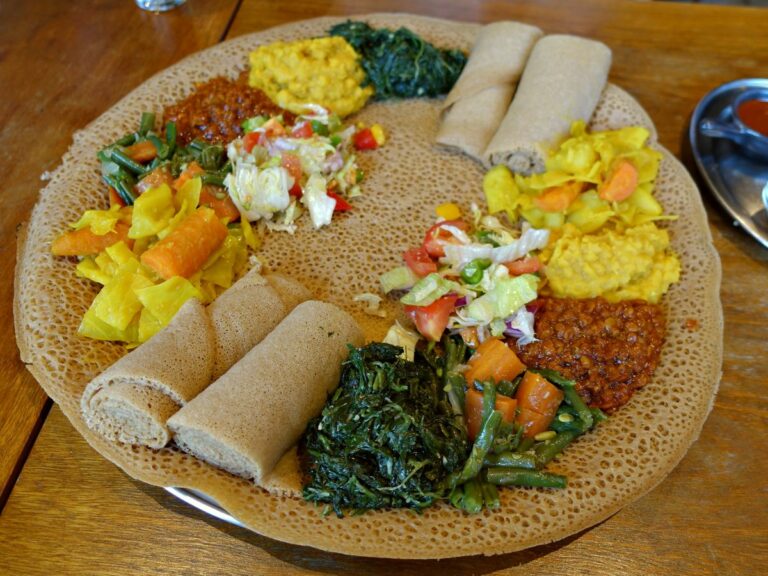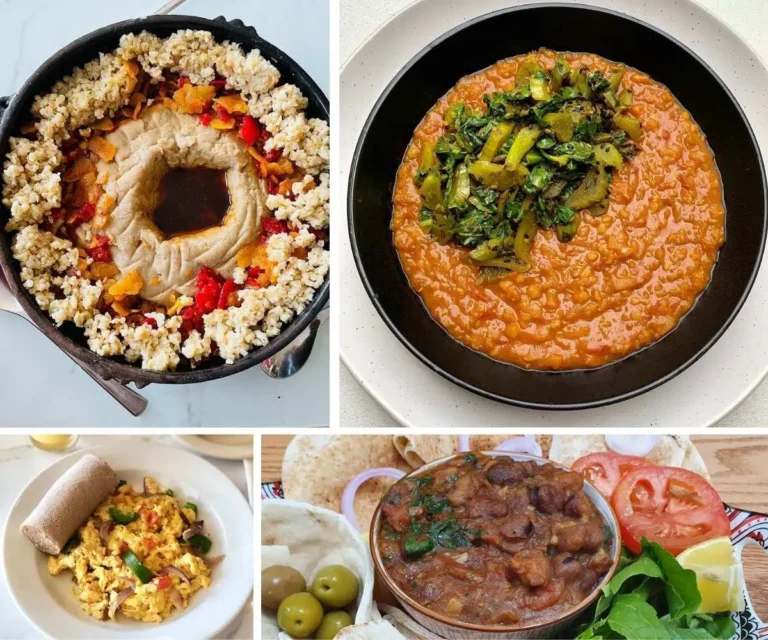Introduction: Understanding Eritrean Alcoholic Beverages
Eritrea is a small country located in the Horn of Africa, known for its rich cultural heritage and delicious cuisine. One aspect of Eritrean culture that may not be as well known is its traditional alcoholic beverages, which are an integral part of many social and religious events.
Eritrean alcoholic beverages are typically made from fermented grains, with variations in taste, alcohol content, and brewing techniques depending on the region. Some of the most popular Eritrean alcoholic beverages include “suwa” and “mers,” which are brewed using different grains and have distinct flavors.
What is “Suwa”? A Traditional Eritrean Beer
“Suwa” is a type of Eritrean beer made from sorghum grains. It is a popular beverage consumed during weddings, religious ceremonies, and other social events. Suwa is known for its distinctive sour taste, which comes from the process of fermentation.
To make suwa, sorghum grains are first washed and then left to soak in water for several hours. The grains are then pounded and boiled to extract the sugars, which are then mixed with water and left to ferment for a few days. The resulting beverage is then strained and served at room temperature.
“Mers”: A Distinctive Eritrean Beverage
“Mers” is another popular Eritrean alcoholic beverage, which is made from corn, wheat, and barley. It is typically consumed during religious holidays and other special occasions.
Mers has a sweet and refreshing taste, which comes from the addition of honey and spices during the brewing process. The grains are first soaked and boiled to extract the sugars, which are then mixed with water, honey, and spices, such as cinnamon and cardamom. The mixture is then left to ferment for a few days, resulting in a slightly carbonated beverage that is served chilled.
How are Eritrean Alcoholic Beverages Brewed?
Eritrean alcoholic beverages are typically brewed using a similar process, which involves soaking and boiling grains to extract the sugars, mixing the sugars with water, and then fermenting the mixture. The fermentation process can take anywhere from a few days to a few weeks, depending on the desired alcohol content and taste.
During the fermentation process, yeast is added to the mixture, which breaks down the sugars into alcohol and carbon dioxide. The resulting beverage is typically served at room temperature, although some variations may be served chilled or hot.
The Ingredients Used in Eritrean Alcoholic Beverages
The main ingredients used in Eritrean alcoholic beverages are grains, such as sorghum, corn, wheat, and barley. These grains are high in starch, which is converted into sugars during the brewing process.
Other ingredients used in Eritrean alcoholic beverages include water, which is used to extract the sugars and mix with the grains, and yeast, which is added during the fermentation process to convert the sugars into alcohol and carbon dioxide.
Unique Characteristics of Eritrean Alcoholic Beverages
Eritrean alcoholic beverages are known for their distinct flavors, which come from the use of different grains and spices during the brewing process. Suwa, for example, has a sour taste due to the fermentation process, while mers has a sweet and refreshing taste due to the addition of honey and spices.
Eritrean alcoholic beverages also have a relatively low alcohol content, typically ranging from 2% to 5%. This makes them a popular choice for social events where drinking is a part of the celebration.
Where to Find Eritrean Alcoholic Beverages
Eritrean alcoholic beverages can be found at traditional restaurants and cafes in Eritrea, as well as in Eritrean communities around the world. They may also be available at specialty stores that sell international foods and beverages.
If you are interested in trying Eritrean alcoholic beverages, it is best to do so in a social setting, as they are often consumed as part of larger celebrations and events.
Conclusion: Exploring Eritrean Alcoholic Beverages
Eritrean alcoholic beverages are a unique and important part of Eritrean culture, with distinct flavors and brewing techniques that have been passed down through generations. Whether you are interested in trying suwa or mers, or other Eritrean alcoholic beverages, they are sure to provide a taste of the rich history and traditions of this vibrant country.

